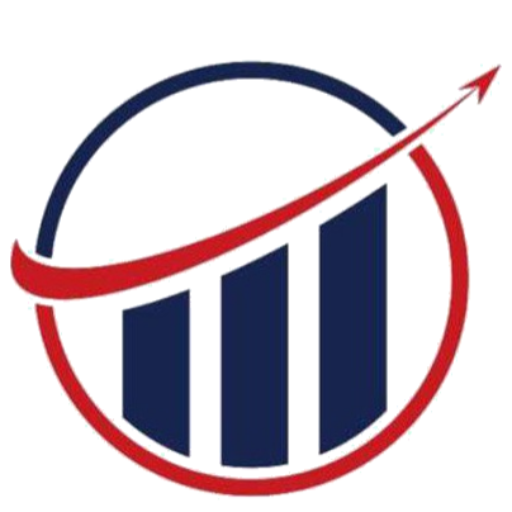In the forex market, what is traded is money, specifically currencies. Forex trading involves the exchange of one currency for another with the aim of profiting from changes in currency exchange rates. Here are some key points about what is traded in the forex market:
- Currencies: Forex stands for “foreign exchange,” and it’s the global marketplace for buying and selling currencies. When traders participate in forex trading, they are essentially buying one currency while simultaneously selling another currency. This is done in currency pairs.
- Currency Pairs: Currencies are quoted in pairs, such as EUR/USD, USD/JPY, or GBP/USD. The first currency in the pair is called the “base currency,” and the second one is the “quote currency” or “counter currency.” The exchange rate tells you how much of the quote currency is needed to purchase one unit of the base currency.
- Currency Value: The price or exchange rate of a currency pair is a reflection of the market’s perception of the current and future economic conditions in the respective countries associated with the currencies. Traders buy or sell currencies based on their expectations of whether one currency will strengthen or weaken against the other.
- Major Currencies: In forex trading, major currencies are the most heavily traded currencies and represent some of the world’s largest economies. Major currency pairs include USD/JPY, EUR/USD, GBP/USD, USD/CHF, AUD/USD, NZD/USD, USD/CAD, and EUR/GBP.
- Currency Symbols: Each currency has a three-letter code or symbol, with the first two letters representing the country and the third letter representing the currency itself. For example, USD stands for the United States Dollar, EUR stands for the Euro, and JPY stands for the Japanese Yen.
- Nicknames: Some currencies have nicknames that traders use informally. For instance, USD is often referred to as the “Buck,” GBP is known as “Cable,” and AUD is called the “Aussie.”
- Currency Codes: These three-letter currency symbols are known as ISO 4217 Currency Codes and are used globally to identify currencies.
Forex trading is driven by various factors, including economic indicators, interest rates, geopolitical events, and market sentiment. Traders analyze these factors to make informed decisions about when to buy or sell currencies and profit from price movements. The forex market operates 24 hours a day, five days a week, making it one of the most accessible and liquid financial markets in the world.


